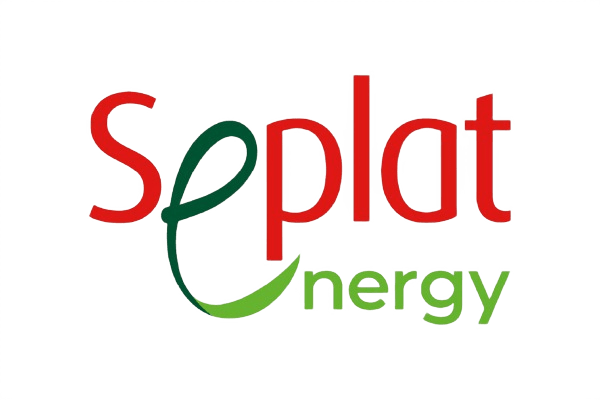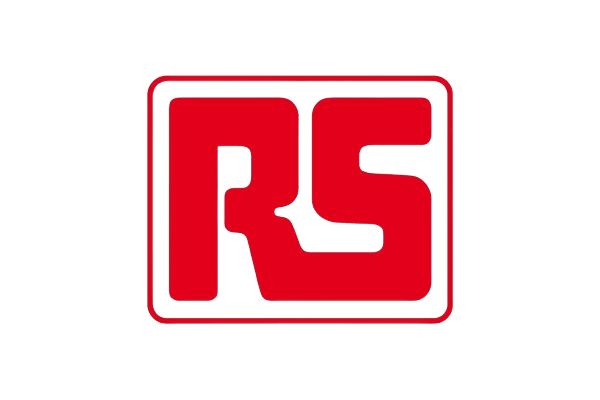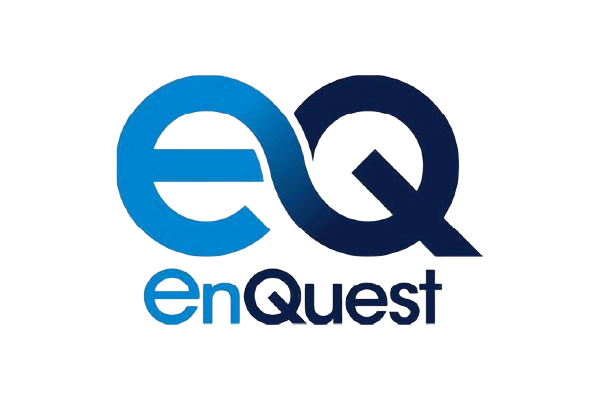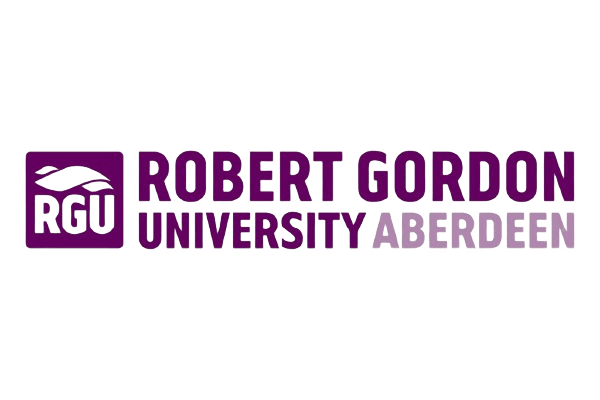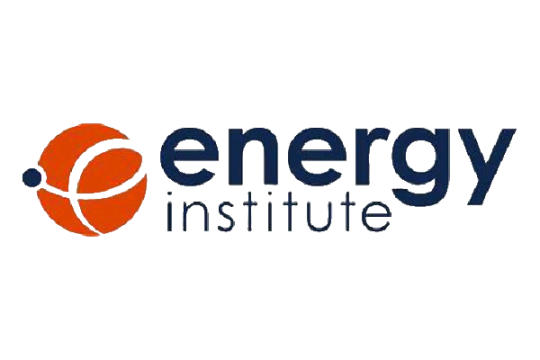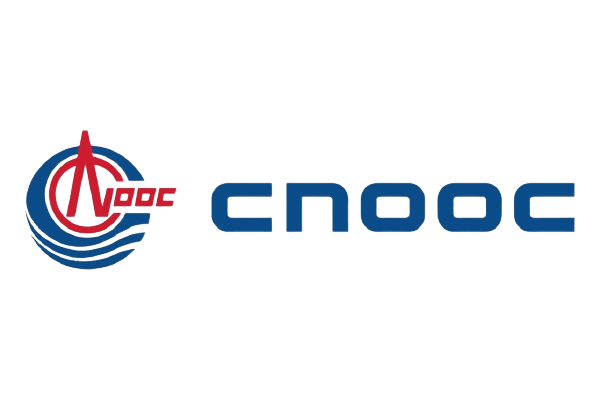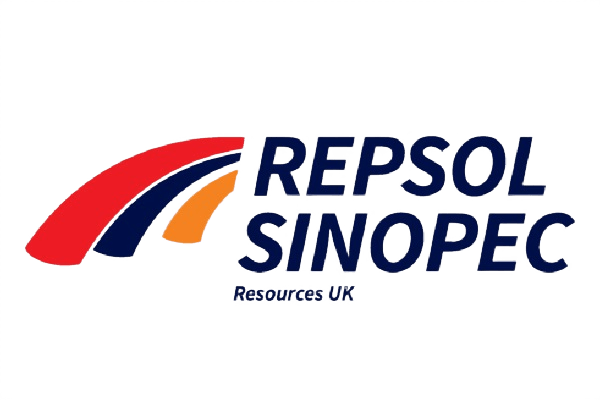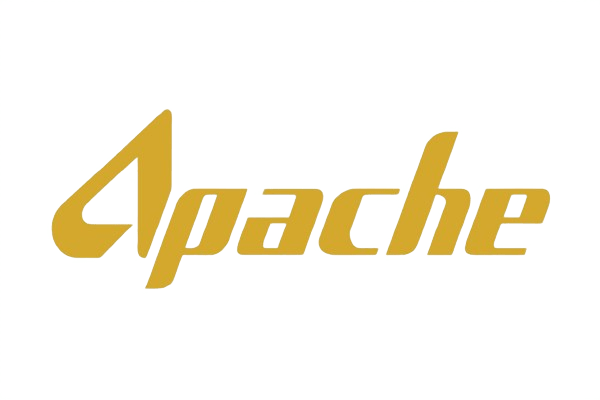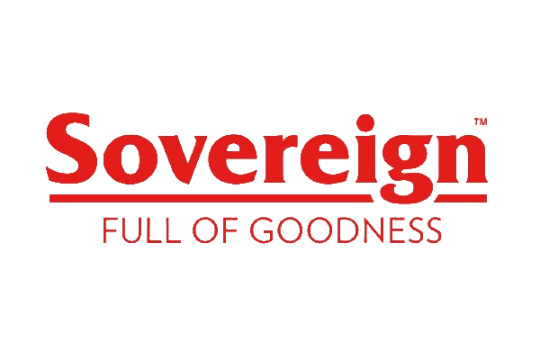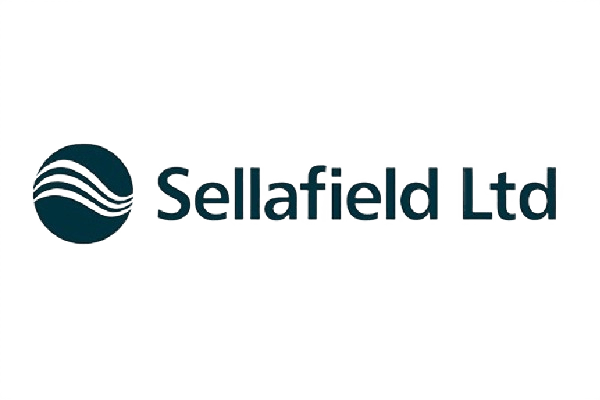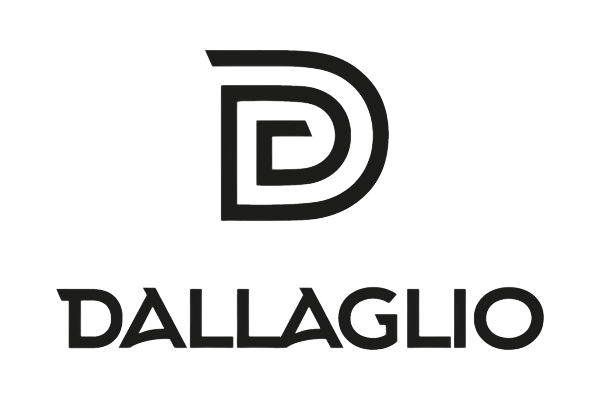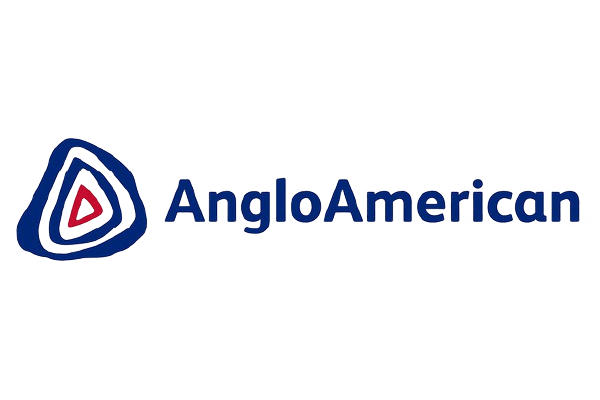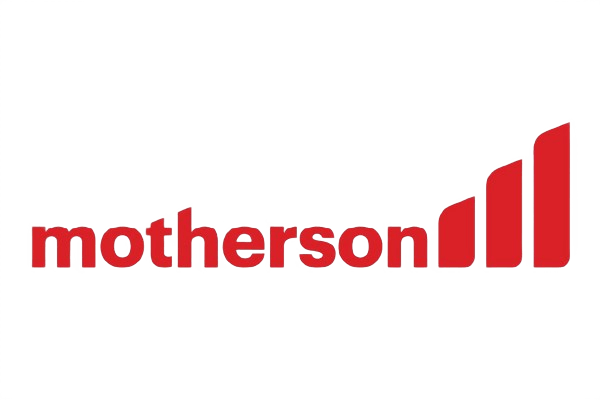Advancements in technology, automation, Artificial intelligence (AI), and Internet-of-Things (IoT) have been the driving force behind the fourth industrial revolution termed the digital revolution. Smart assets, enabled by IoT have significantly increased our ability to collect large amounts of data. In an increasingly complex and uncertain world, organizational success is defined by its ability to make informed decisions based on factual and accurate information. In a business environment where large amounts of data are being generated from multiple sources, the true value lies in the organization’s ability to collect, organize, and correlated the information in a manner that supports decision-making in terms of asset management, root cause analysis, maintenance strategy development, process optimization, risk analysis and asset lifecycle costing among others. Ensuring that the information you receive is accurate and provides the required data in a structured manner can mean the difference between success and failure.
The Asset Data Management Challenge
Unstructured and unorganized data that does not add value to business operations is one of the biggest challenges being faced by the industry in the current age. Poor data quality and data governance inhibit the organization’s ability to utilize the valuable information gathered through multiple sources to drive the decision-making process. Furthermore, even if all the available data can be collated and organized, the biggest question is knowing the approach to follow that will deliver the desired end results. In this regard some of the key challenges associated with the data are:
- Poorly defined or undefined asset hierarchy
- Loss of data due to poor data management and data governance
- Poor quality of the information available
- Lack of a structured approach for data extraction
- Poor compliance to industrial standards
- Lack of visibility of data sources and data silos
- Obsolete or outdated data
- Lack of ownership of data
As technological complexity increases so does our reliance on data. In order to ensure that we continue to base our decisions on high quality data, it is important for organization of all sizes in every industry to ensure that the above challenges are addressed as early as possible.
A Structured Approach
In order to ensure that the final outcome of any project meets the desired objectives, considerable time and effort is invested in understanding and defining the scope, identifying the right tools and resources and understanding the interaction between each of the various factors. Asset Data Management is not different. In order to ensure that the desired benefits are achieved, organization’s need to know the following:
- What are the data sources?
Organizations need to have a clear understanding of what data is being captured and where it is stored (i.e. Computerized Maintenance Management System (CMMS), Enterprise Asset Management System (EAM)) to ensure that maximizing the value created from the data that already exists and avoid duplication of effort.
- What information do I need in my asset register?
A comprehensive, fit for purpose asset register within organization’s CMMS/EAM along a clear understanding of the fields that will add most value to the organizational objectives will support in enterprise-wide standardization.
- What is the relationship between different assets?
Knowing how the relationship between various assets and grouping them according to a standardized approach will promote a better understanding of the interdependence and the overall risk profile and will make your CMMS/EAM easier to navigate and manage day to day.
- Which standard is applicable?
Ensuring compliance to internationally recognized standards will support in improving organizational performance and data integrity i.e. ISO 8000. a global standard for Data Quality and Enterprise Master Data.
- What do I want to achieve?
Having a clear understanding of the objectives and the desired results at the start of the data management process will reduce the risk of failure and support in maximizing value from the asset data management project and its execution with CMMS/EAM.
Once the aims and objectives from the Asset Data Management process have been clearly outlined and the data sources have been identified, a structured process can be implemented which comprises of the following:
- Data Extraction
As the name implies, this involves the extraction and collation of data form an existing CMMS/EAM or even manual spreadsheets to enable the development of a centralized data repository that capitalizes on the data stored in all the various sources.
- Data Structuring
Once all the information is captured, the data is structured according to the pre-defined asset register, relevant fields are populated and asset hierarchy is defined within the CMMS/EAM system of choice.
- Data Cleansing
A review of the extracted data is carried out and any inconsistencies, errors or duplications are removed. During this process any obsolete or unreliable data is also eliminated to ensure data integrity.
- Gap Analysis
The next step is to conduct a gap analysis to identify the data that is required to meet the organizational objectives and the sources from which this data can be obtained are identified.
- Data Enrichment
Enrichment is the process of augmenting the existing dataset with credible high quality data sources. These sources could either be from within the organizations own data sources i.e. CMMS/EAM, spreadsheets or external sources such as dictionaries.
Benefits of Asset Data Management
While most, if not all, businesses have well defined processes and procedures in place to manage physical tangible assets, it is unfortunate that this is not the case for asset data. This may be due to multiple reasons such as the intangible nature of data, lack of recognition of data as an asset by modern accounting standards, etc. However, the time for change is upon us and organizations that fail to focus on integrity of their data run the risk of being left behind. By ensuring that organizations capitalize from this opportunity they can expect to extract the following benefits:
- Facilitation of informed Decision Making
- Reduction of Business Risk
- Standardization of asset data across the organization
- Elimination of incorrect or duplicated data
- Improvement of data integrity
- Compliance to internationally recognized industrial standards
- Improved visibility
- Drive more value from existing data
- Elimination of inefficiencies
Final Thoughts
Asset Data Management is a critical component, if not the most critical, to drive organizational performance and maximize value creation through effective utilization of well organized CMMS and EAM systems based on reliable and well structured asset data. By having confidence in the quality and integrity of the available data, organizations can significantly improve decision-making enabling asset managers to optimize performance and increase the effectiveness of day to day use of CMMS/EAM systems. Adherence to a structured process of continuous improvement, Asset Data Management can provide organizations with the edge required to succeed in a data driven world. As part of Optimal’s Asset Reliability as a Service (ARaaS) suite of solutions, we can help you take a deep dive into optimizing your Asset Data Management and ensure that you get the best use of your CMMS/EAM systems based on accurate asset data driving the day to day asset management activities. If you would like to find out more about how our Asset Data Management experts can support you in improving asset and business performance through data excellence or have any questions, get in touch today – enquiries@optimal.world.


